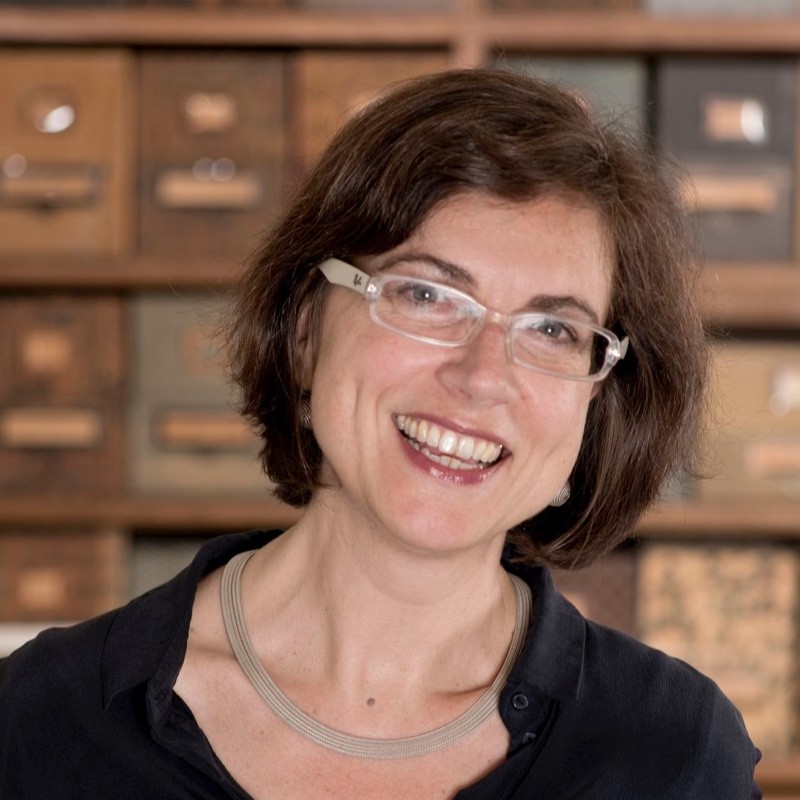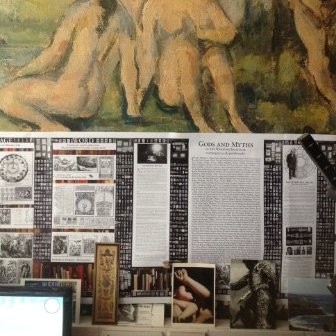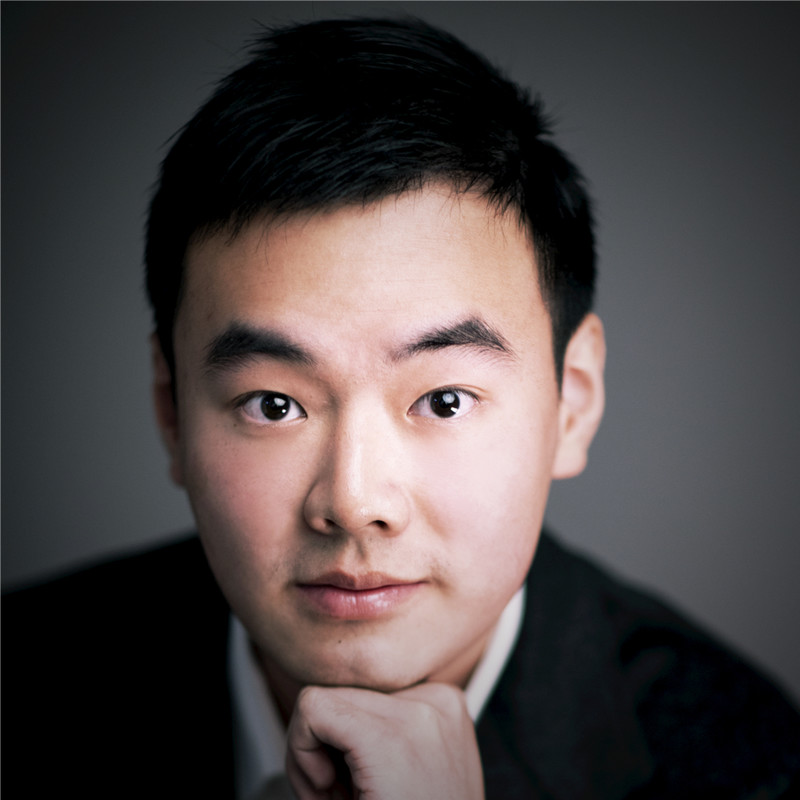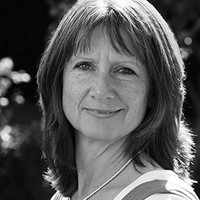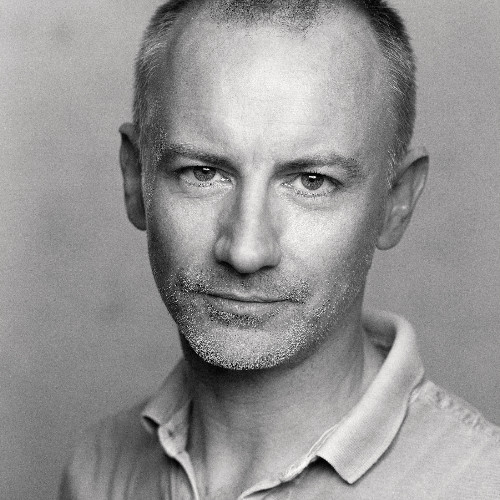
The Warburg Institute, University Of London
Get verified emails for The Warburg Institute, University Of London employees

About The Warburg Institute, University Of London

|
|

|
11-50 employees
View all

|

|
Higher Education
|

|
The Warburg Institute, University of London, School of Advanced Study; Woburn Square, London, London, GB
|

|
The Warburg Institute is the premier institute in the world for the study of cultural history and the role of images in culture. It is dedicated to the history of ideas, the dissemination and transformations of images in society, and the relationship between images, art and their texts and subtexts, of all epochs and across the globe, concerning both memory and material culture. Founded by Aby Warburg in Hamburg at the end of the nineteenth century, the Warburg Institute and its famous library migrated under pressure from the Nazi regime in Germany to London in 1933. In 1944 the Institute was incorporated in the University of London and it moved into its purpose-built building in London’s Bloomsbury quarter in 1958. It attracts the greatest humanist scholars and philosophers – from Erwin Panofsky, Walter Benjamin, Ernst Gombrich, Edgar Wind, Francis Yates and Ernst Cassirer, and continues to attract Fellows and post-graduate students of the highest calibre. The Institute is thriving under the current Director and internationally renowned scholar David Freedberg. The Warburg Institute Library holds a collection of international importance in the humanities. Its 350,000 volumes make it the largest collection in the world focused on Renaissance studies and the history of the classical tradition. The unique classification system of the Library structures culture and expression under four categories: Image, Word, Orientation and Action. The detailed organisation of the Warburg Library makes inspired connections between different fields of endeavour and study. The open shelves lead readers to books which they might not otherwise find, while the unique arrangement of the sections aids intuitive connections. The Warburg Institute's Photographic Collection contains ca 350,000 photographs of sculptures, paintings, drawings, prints, tapestries and other forms of imagery. The Collection was begun by Aby Warburg in the late 1880s, and includes tens of thousands of late nineteenth- and early twentieth-century photographs and slides, together with hundreds of thousands of images added since the Institute came to London in 1933. The collection is organised iconographically: photographs are ordered not by artist or by period, but by subject. This unique filing system helps users to:identify the subjects of obscure works; locate images whose artist is unknown; understand the frequency with which stories were depicted; analyse the relationship of images to textual sources; trace iconographic developments through time; test theories about the social functions of images. The Archive of the Institute preserves the working materials and papers of the Institute’s founder Aby M. Warburg (1866-1929) and of other distinguished scholars closely associated with the Institute from its days in Hamburg to the present, including the former directors Fritz Saxl (1890-1948) and Gertrud Bing (1892–1964), the cultural historian Dame Frances A. Yates (1899–1981), the historian of religion Robert Eisler (1882-1949) and the art historian Otto Kurz (1908-1975). In addition it contains papers relating to the following scholars: A.A. Barb (1901-1979; Leopold D. Ettlinger (1913-1989); Henri Frankfort (1897-1954); Sir Ernst H. Gombrich (1909-2001); Evelyn Jamison (1877-1972); Karl Ernst Krafft (1900-1949); Otto (1908-1975) and Hilde Kurz (1910-1981); Charles Mitchell (1912-1995); R.A.B. Mynors (1903-1989); Siegfried Seligmann (1870-1926); Walter Solmitz (1905-1962); Daniel P. Walker (1914-1985); Roberto Weiss (1906-1969) and the academic and administrative records of the Institute. The Warburg Institute Archive now also incorporates the working papers and private correspondence of E. H. Gombrich, consisting of some 10,000. catalogued items.
|
The Warburg Institute, University Of London Email Format
The widely used The Warburg Institute, University Of London email format is {first}.{last}@sas.ac.uk (e.g. [email protected]), which is used 90.91% of the time.
| The Warburg Institute, University Of London Email Formats | Example Email Formats | Percentage |
|---|---|---|
| {first}.{last} | [email protected] |
90.91%
|
Frequently Asked Questions about The Warburg Institute, University Of London
What is The Warburg Institute, University Of London email format?
The widely used The Warburg Institute, University Of London email format is {first}.{last} (e.g. [email protected]) with 90.91% adoption across the company.
What is The Warburg Institute, University Of London customer service number?
To contact The Warburg Institute, University Of London customer service number in your country click here to find.
The Warburg Institute, University Of London Staff Directory
Search The Warburg Institute, University Of London Staff Directory
Find accurate personal emails, work emails and phone numbers for employees
Supercharge your
Prospecting &
Outreach with
ContactOut
Supercharge your Prospecting &
Outreach with ContactOut
Search Portal
Find countless prospects outside of LinkedIn fast
Accelerate prospecting with instant access to 300M professionals from 30M companies with the right contact details.







